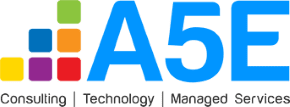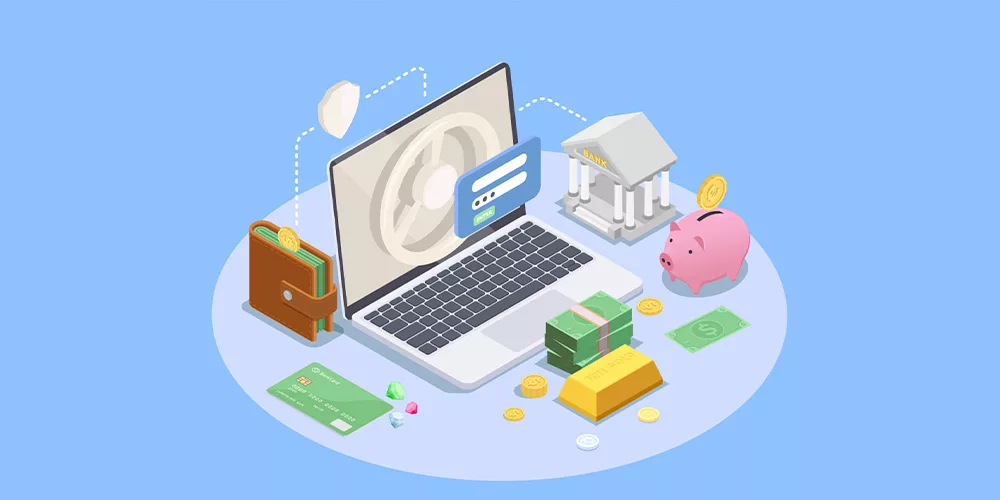
Best Practices for Seamless Digital Employee Onboarding
We have spoken previously of digital people practices for today’s digital employees. And of course, that process starts when a new employee joins the company. Let’s focus on a crucial aspect of people practices, onboarding a new employee.
Employee onboarding can be an intimidating process at the best of times. The first days have always been a little confusing for employees, no matter their experience in the industry. The employee would be meeting a new team of co-workers. They would be introduced to the work that they’ll have to do and the structure they’ll have to follow while doing it. They would also be made aware of all the necessary policies that they may or may not be familiar with during their experience. The organization wants to equip the new hire with all that may be required to begin delivering business impact, and the faster the better. All this induction, allocation, introduction, and interaction can get overwhelming even in the physical world. Now imagine how much harder all that can be in a remote working or socially distanced world? Think of all those activities being carried out on web conferences.
The primary function of digital onboarding solutions should be able to tackle some of these difficulties for the employee so that their first days are less formidable. With HR tech getting smarter with every new development this doesn’t seem to be out of reach.
Research shows that Employees with negative experience during their onboarding are hard to retain for the long term. That is why intelligent HRMS solutions have specific models for employee onboarding. Having the onboarding process started early can make the process go smoother and less overwhelming for the onboarding employee. In fact, with many organizations, onboarding starts with the paperwork and the standard processes even before the joining date. A lot of organizations send welcome emails and introductions to both, the teams and the employees so that there is a sense of familiarity on the first day. Some organize pre-joining events for incoming employees to start building a relationship. Some of these are possible even now and others aren’t.
So, what practices should be followed to ensure a smooth and seamless digital onboarding experience that delivers meaningful value to the employee as well as the organization?
Pre-Onboarding
The digital employee onboarding solutions should be equipped enough to prepare the employee beforehand. There is a lot of information and formalities that can be shared with the employee before they join the organization. Automated workflows can be defined with the system and timely emails can be sent to let the employee go through the policies and values dear to the company. Since digital onboarding is still uncharted waters, employees can be given a heads-up about the joining formalities they will have to go through on their first day.
Moreover, a lot of information and documents might also be acquired from the employee. These documents might be required by the organization as per the administrative rules or to facilitate the provision of the benefits promised by the organization. HR Tech being used for the onboarding process should make it easy for the employee to consume and share information easily and efficiently. By some reports, new employees are expected to complete an average of 54 activities for their onboarding. Having as many of those as possible completed digitally before the joining date is indeed a good idea.
Communication Transparency
Effective onboarding solutions allow the organization and the hired employee to connect immediately post recruitment. This gives the employee a sense of engagement. They can instantly start sharing important information, and receive transparent communications from HR as well. New employees may have questions or may need clarifications about issues related to salary, benefits, titles, job roles, or other areas because of the specific way in which the company lists or documents these issues. Transparent communication right from the onboarding creates a positive image of the organizations’ work-environment for the employee. The Digital onboarding solution can create an employee profile and share the credentials with the employee so that a working communication channel between the employee and the organization is created. The technology solution can help the new employee find information and then reach out to someone for clarification.
Customizable Configuration
With the standard onboarding procedures covered it is also important for the digital onboarding platform to take care of specific organization mandates. Therefore, a good onboarding solution should be configurable for the organization’s specific onboarding rules. For instance, the company policies might require different departments to be involved with the onboarding process. The workflow may require tapping into a variety of enterprise systems for everything from resource provisioning to payroll set up. Therefore, with an intelligent automated solution, these different departments can collaborate with HR to carry out the required formalities. Such features and processes should be easily configured into the digital solution and added to the onboarding pipeline. The customizable configuration also makes the onboarding process more understandable for the employee as the processes are standardized yet more aligned with the specific company rules.
HR Intervention
It is important that while most of the onboarding processes are smartly handled by the solution, some of them might require specific intervention from HR associates or managers. Background verification is a great example of this. The underlying workflows can be set up by the Digital solution, but the final verification or certification needs to be done manually. This adds a layer of authenticity to the process for more assured and reliable onboarding management. For such processes, the solution should have a provision where an external input is required to mark the onboarding process is complete. As an additional measure, AI/ML resources can also be incorporated in the solution that may help the solution learn and define its processes and minimize the load for the HR.
Paperless Onboarding
This point demands more analysis because of the sheer effort involved on the side of HR and the potential for frustration on the employee’s side hidden in the process. Studies suggest that a large number of companies focus a lot of their onboarding time on paperwork. Paperwork tends to be tedious and confusing for the employee who is already trying to figure out the work structure that they are going to enter into. By minimizing the paperwork, the Digital solution can allow the HR and the employee to focus their time on helping each other resolve any confusion or queries about the job and the company. With pre onboarding and paperless onboarding, the whole process can be easy, fast, and comprehensive. Human errors can be minimized. Repetitive tasks can be automated. And the eco-friendliness of minimal paperwork is an added bonus.
Conclusion
Digital employee onboarding solutions are an attempt to make the onboarding process easier for the hired employee and the different stakeholders in the organization. With the help of such practices, both the employee and the organization can create a positive first impression on each other. That can become the basis for a long-lasting relationship. These are uncertain times. But organizations that are looking to survive and thrive are still focused on hiring quality resources. The task of onboarding those resources has become a bit more complex but there’s no reason why technology cannot help address the onboarding challenge.






